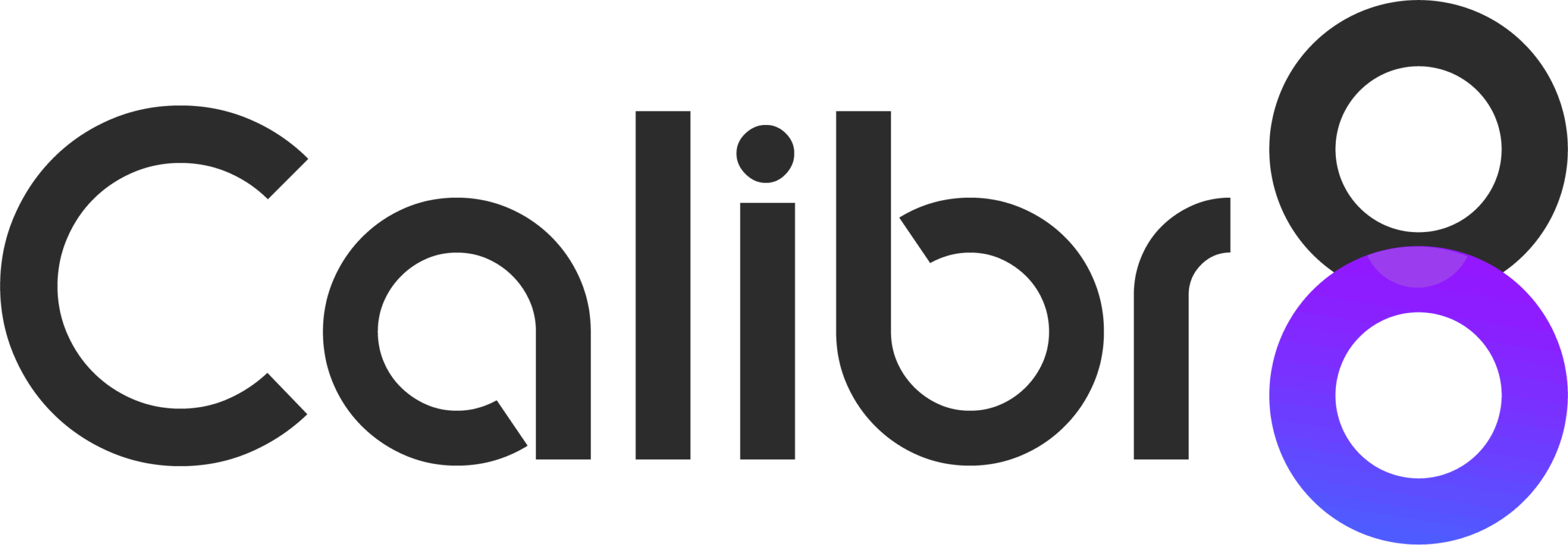They thought they knew their audience—until their campaign flopped. Armed with traditional data, the team had done everything by the book. What they missed was a layer of foresight. Understanding what people might do next, instead of what they had done before, became the missing link. This realization paved the way for a deeper dive into predictive analytics and how it transforms audience sampling in market research.
Key Takeaways
- Predictive analytics offers valuable foresight into audience behaviors and preferences.
- Incorporating historical data with predictive models refines audience sampling strategies.
- Combining data sources enhances the reliability and scope of predictive insights.
- Businesses can optimize campaign results by targeting the right audience at the right time.
- Effective use of these tools reduces costs and increases efficiency.
Anticipating Audience Behavior
Predicting audience behaviors isn’t just about guesswork—it’s science-backed insight. Historical trends, demographics, and real-time behaviors converge in predictive models to illuminate patterns. Imagine tailoring a marketing strategy based on what your audience is likely to do next rather than what they’ve done before. That’s how predictive analytics adds precision to audience sampling.
The Power of Historical Data
Every click, purchase, or inquiry creates a digital footprint. By feeding this data into predictive tools, businesses can identify high-probability audience segments. For example, a retail brand might discover that customers purchasing fitness apparel are also likely to buy health supplements within three months. These insights shape targeted outreach strategies.
Blending Data Sources for Greater Accuracy
No single dataset tells the whole story. By integrating social media analytics, transactional data, and survey results, researchers can create a multi-faceted view of their audience. This approach reduces bias and highlights nuanced patterns, offering a 360-degree perspective.
Real-Time Applications
Timing is everything. Predictive analytics helps businesses act when their audience is most likely to engage. Picture a restaurant chain leveraging weather data and historical dining trends to launch targeted ads for delivery services on rainy days. This kind of precision drives measurable results.
Addressing Sampling Challenges
Predictive analytics isn’t just about identifying the right audience; it’s also about overcoming sampling hurdles. When data scarcity or bias threatens a project, predictive models can fill gaps and reframe perspectives. The result? More representative and actionable findings.
Optimizing Cost Efficiency
Why cast a wide net when you can fish in the right pond? Predictive analytics allows marketers to allocate resources more effectively by focusing on high-potential audience segments. This not only saves time and money but also enhances ROI.
Zamplia’s Role in Predictive Innovation
At Zamplia, we empower businesses with tools to harness the full potential of predictive analytics. From refining audience selection to generating actionable insights, our solutions ensure your campaigns resonate where it matters most. Want to know how we do it? Let’s talk about revolutionizing your sampling approach – take a tour or book a demo with us today.
Ethical Considerations
While the technology offers immense potential, ethical concerns surrounding data privacy and algorithmic bias cannot be ignored. Researchers must prioritize transparency, obtaining explicit consent and ensuring fairness in model design to maintain trust.
Embracing the Future
The adoption of predictive analytics marks a shift toward smarter, more strategic audience engagement. By pairing human creativity with machine learning, businesses can unlock untapped opportunities and achieve unprecedented results. What role will foresight play in your next campaign?
FAQs
Predictive analytics improves targeting accuracy, reduces costs, and enhances campaign efficiency by identifying high-probability audience segments and predicting their behaviors.
Small businesses can start with readily available tools like Google Analytics or social media insights and gradually integrate affordable predictive modeling platforms.
Many modern tools are designed with user-friendly interfaces, allowing non-technical teams to benefit from predictive insights without needing extensive technical expertise.


